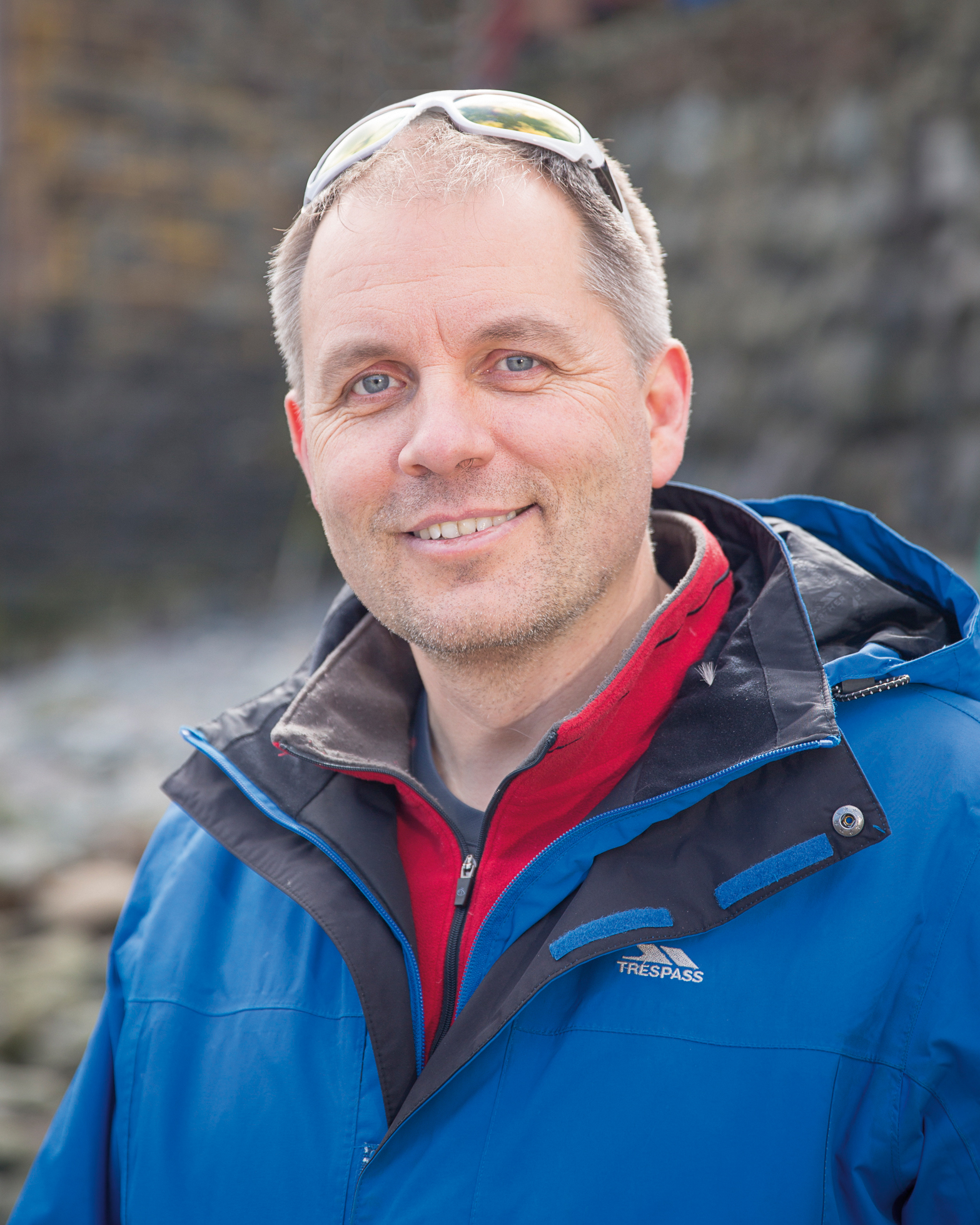Film cameras aren't just hipster jewelry; I believe they should still be used to take photos!
I've now collected nine different film cameras – but they don't let them sit on a shelf, they all get used

In 2015 I decided to shoot film again. This was rather rich for a photographer who truly hated the medium. I stuck two fingers firmly upwards at the end of a horrendous hybrid experience (scanning film) in 2006 when I bought a Canon EOS 5D.
In the last nine years, I have collected more film cameras than I have digital ones. In fact, I have three digital cameras and nine film cameras - 1 x 35mm, 2 x 645, 4 x 6x6, a 6x7, and a large format camera.
Despite aesthetically wonderful to look at (especially the twins lens reflex cameras) I see these cameras as ‘spanners’ in a photographic tool box. Ok, a few of the 6x6 cameras found their way to me, but these cameras have taught me a lot, forcing me to work in specific visual ways.
For some, old film cameras are jewelry and office ornaments, but for others like me, they are important tools that expand my photographic identity.
The ‘primary fundamental’ reason you need a film camera is aspect ratio. When forced to work with restrictions, like square images – or in the case of my Chamonix large format which is actually a 6x12 camera (with a 2:1 aspect ratio) – you approach the subject in an entirely different way.



Square images require a completely different way of visually assembling an image from a rectangular frame. If you work with 6x7 for a while, returning to your 3:2 digital mirrorless camera will feel too long and almost naive.
The next important differential is focal length. You have to be aware that although all lenses share the same depth of field, you will need different focal lengths to see approximately the same thing. Crop sensor camera with a 35mm lens will see the same as a full-frame camera with a 50mm lens. That becomes an 80mm on medium format, a 110mm lens on 6x7, and finally 150mm on a large format!
The best camera deals, reviews, product advice, and unmissable photography news, direct to your inbox!
I have seen so many people do it - spend $500/£500 on a EXC+ secondhand film camera and then place it on a shelf. There is nothing wrong with appreciation for a bygone era of technology, but the visual exploration, capture, and aesthetic results will teach you more than ever.
There’s nothing wrong with photo nostalgia, but if you embrace unfamiliar technology and power through, your photography world will expand tenfold… and either way you will look really cool!
Check out our guide to the best film available today, in all formats

David Clapp has been a full-time professional photographer for 15 years and for the last 12 years has lead exciting workshops worldwide. He regularly works for Canon UK and is represented by Getty Images.
